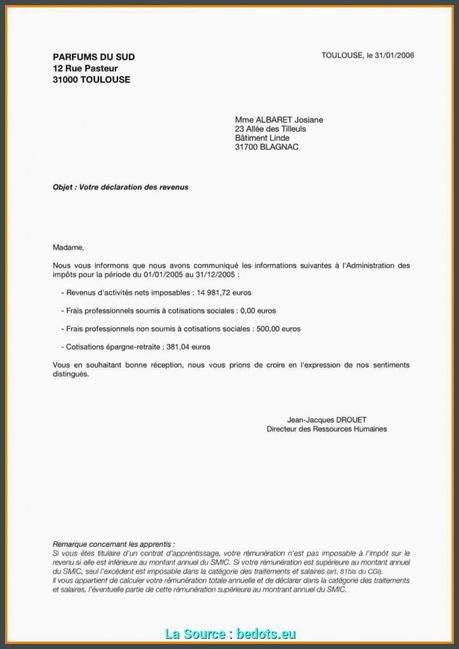The Art of the Perfect Sign-Off: Crafting Memorable Email Endings
We've all been there – staring at a finished email, cursor blinking patiently beside a bland "Sincerely," wondering if there's a better way to wrap things up. It's a universal struggle: how do we bridge the gap between the message and the send button with a flourish, leaving a lasting impression that's both professional and personable? This, my friend, is the subtle art of the email sign-off, the often-overlooked detail that can make all the difference.
It might seem like a trivial thing, a mere formality tacked onto the end of our digital correspondence. But consider this: your email sign-off is the last thing your recipient reads before deciding whether to hit reply, forward, or move on. It's the final note in your virtual symphony, the lingering aroma after a delicious meal. And just like those experiences, the right ending can elevate the entire experience.
But choosing the perfect email sign-off is more than just picking from a list of generic options. It's about understanding the nuances of context, audience, and intent. What works for a casual message to a colleague might fall flat in a formal introduction or a sensitive negotiation. This is where things get interesting. We need to delve into the psychology of sign-offs, understanding the subtle signals they send and how to leverage them effectively.
A simple "Best regards" might convey professionalism, but it lacks that personal touch, that hint of genuine connection that can transform a routine exchange into a memorable one. On the other hand, an overly casual "Cheers!" could be misconstrued in a professional setting, undermining your credibility and the message you've worked so hard to craft.
So, how do we navigate this delicate dance between professionalism and personality, between conveying respect and forging genuine connections? The answer, as with most things in life, lies in understanding the subtle nuances and mastering the art of tailoring your approach to the specific situation. In the following sections, we'll explore the various facets of email sign-offs, arming you with the knowledge and tools to craft the perfect ending for any email.
Advantages and Disadvantages of Different Email Sign-Offs
| Sign-Off | Advantages | Disadvantages |
|---|---|---|
| Sincerely | Formal, respectful, universally appropriate | Can be impersonal, lacks warmth |
| Best regards | Professional, safe choice for most situations | Can feel generic, lacks a personal touch |
| Warm regards | Friendlier than "Best regards," still professional | Might be too informal for some situations |
| Cheers | Casual, friendly, good for informal emails | Too casual for professional settings |
| Thanks in advance | Direct, action-oriented | Can come across as presumptuous or demanding |
Best Practices for Crafting the Perfect Email Sign-Off
1. Consider Your Audience: Tailor your sign-off to the recipient and the nature of your relationship. A formal "Sincerely" might be appropriate for a client you've never met, while a more casual "Best" might suffice for a close colleague.
2. Match the Tone of Your Email: Your sign-off should complement the overall tone of your message. A warm and friendly sign-off might feel out of place in a serious or sensitive email.
3. Keep it Concise: Avoid lengthy or overly elaborate sign-offs. A simple and to-the-point ending is always best.
4. Proofread Carefully: Just like the rest of your email, your sign-off should be free of typos and grammatical errors.
5. Test Different Options: Don't be afraid to experiment with different sign-offs to see what works best for you and your communication style.
Real Examples of Effective Email Sign-Offs
1. Expressing Gratitude: "Thank you for your time and consideration." - Perfect for when you're requesting something or seeking assistance.
2. Conveying Enthusiasm: "Looking forward to hearing from you soon!" - Ideal for ending emails that require a response or further discussion.
3. Offering Help: "Please don't hesitate to reach out if you have any questions." - Great for providing support or demonstrating your willingness to assist.
4. Building Rapport: "Have a wonderful weekend!" - Suitable for ending emails on a Friday or before a holiday.
5. Maintaining Professionalism: "Best regards," - A safe and neutral option for most professional communications.
Frequently Asked Questions about Email Sign-Offs
1. Is it okay to use "Sincerely" in every email? While not incorrect, using "Sincerely" in every email can feel impersonal. It's best to reserve it for formal communications or situations where you want to convey a high level of respect.
2. Can I use emojis in my email sign-off? It depends on your workplace culture and the recipient. Emojis can be appropriate in informal emails with colleagues you know well, but it's best to err on the side of caution in professional settings.
In the grand tapestry of digital communication, the email sign-off might seem like a tiny thread. But as we've discovered, it's a thread that holds immense power. It's our final opportunity to leave a lasting impression, to inject personality into our messages, and to forge meaningful connections in the digital realm. So, the next time you find yourself staring at that blinking cursor, take a moment to consider the art of the sign-off. Choose wisely, experiment boldly, and watch as your emails transform from forgettable messages into memorable conversations.
Unlocking guadalajara your guide to car rentals
Unlocking opportunities your guide to cita demanda de empleo tenerife
The mesmerizing world of anime eye blinks














